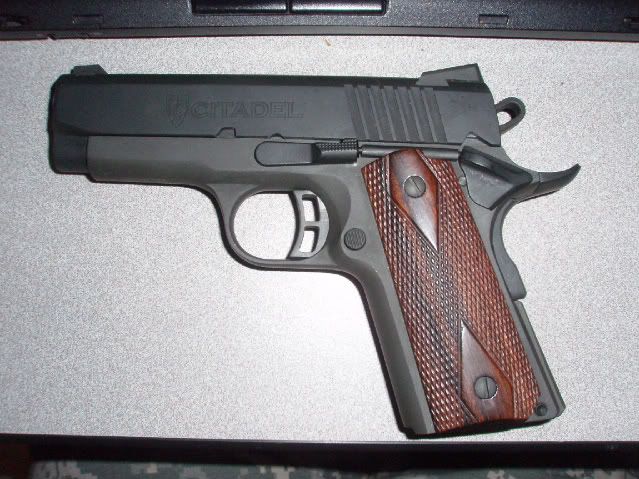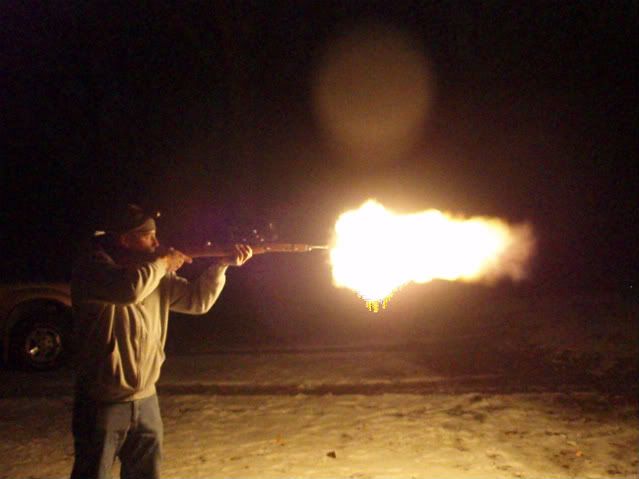Yeah, you are right, DAO doesn't really fit the Glock either, but I definitely feel way more comfortable with the design of the Glock carrying it with a round in the chamber than I do with my 1911 chambered and cocked. I think the term DAO just gets thrown around alot with the law enforcement guns cause they dont want us drawing the hammer back starsky and hutch style.





 Reply With Quote
Reply With Quote










Bookmarks